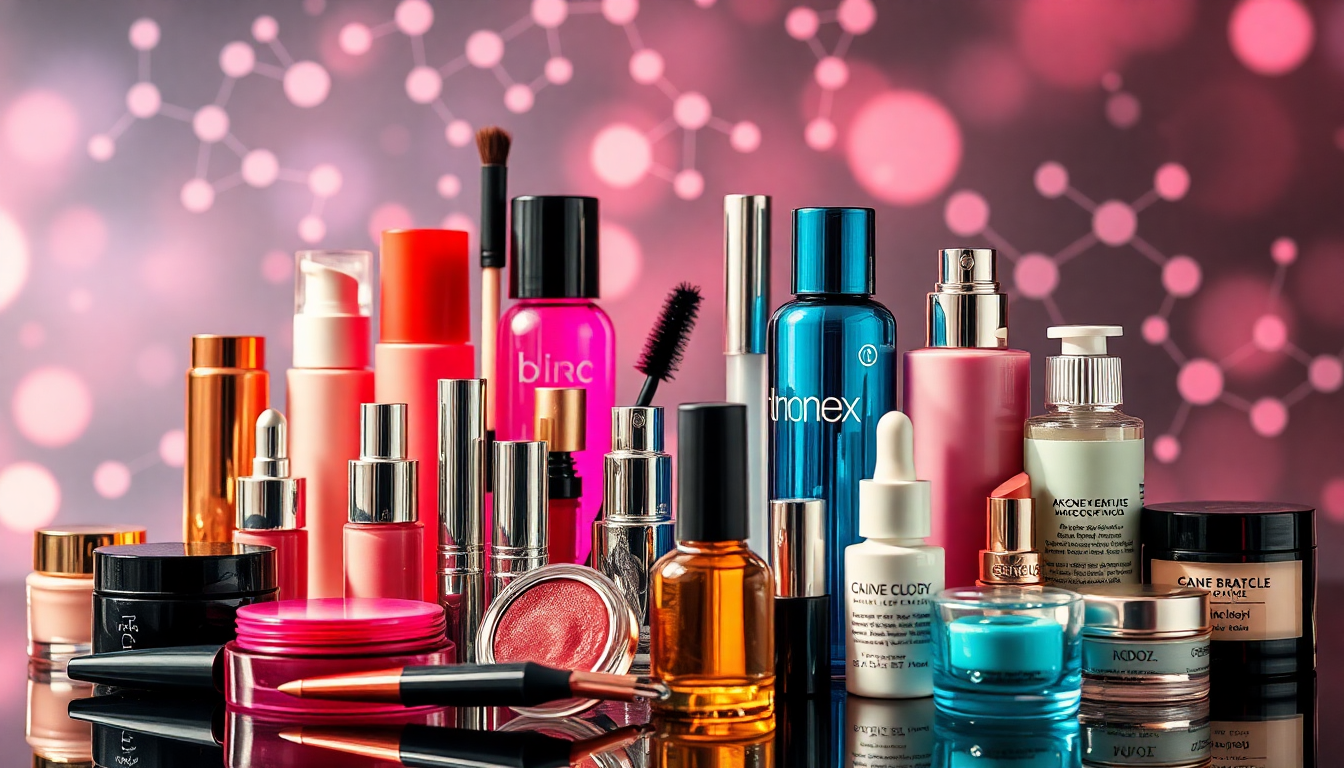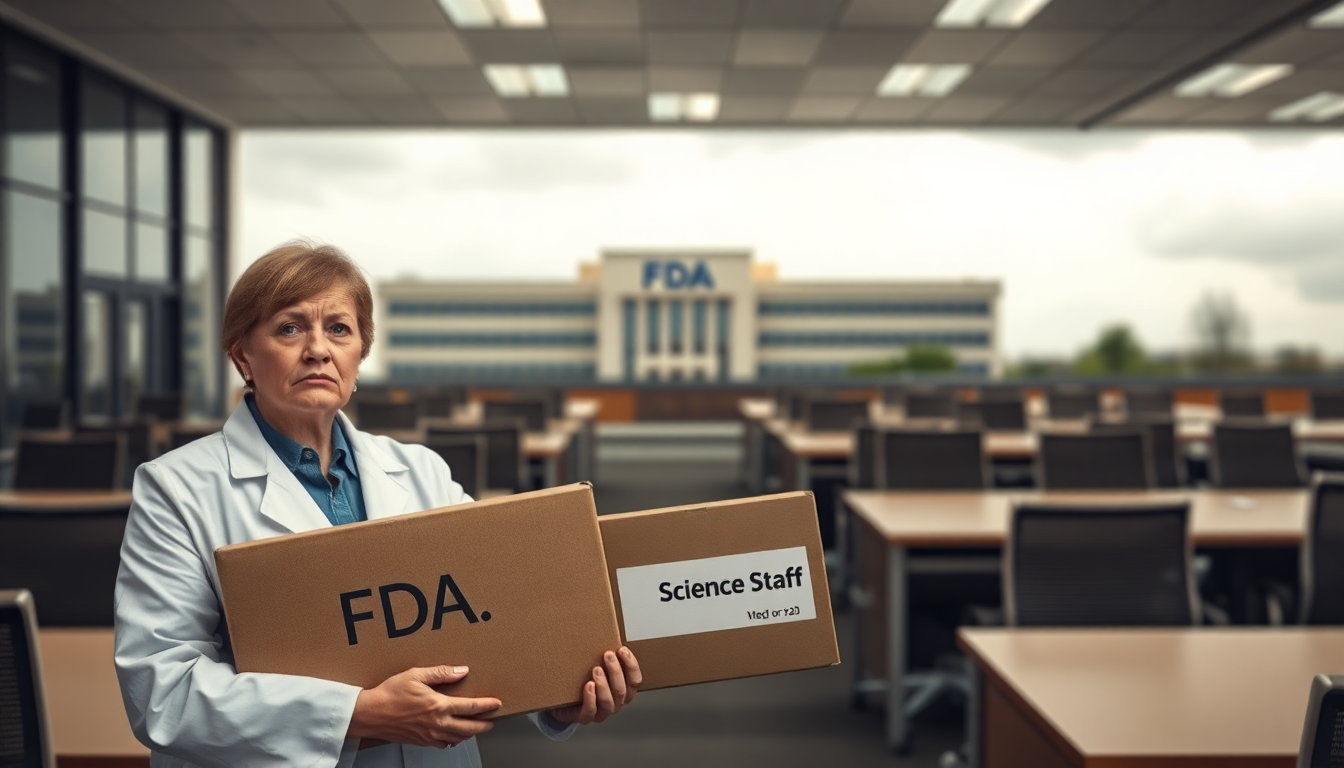
Latest post
Popular Posts
How Trump is rallying partners for his trade offensive against China (127)
- Nadia Al-Masri
- April 12, 2025

What we know about the Dominican nightclub collapse and its victims (113)
- Nadia Al-Masri
- April 11, 2025
Category: Science
- Home
- Science
Popular Post
How Trump is rallying partners for his trade offensive against China (127)
- Nadia Al-Masri
- April 12, 2025

What we know about the Dominican nightclub collapse and its victims (113)
- Nadia Al-Masri
- April 11, 2025
Newsletter
Weather
haze
33℃
34º - 27º
humidity: 58%
wind: 4 km/h
-
34℃Sat
-
34℃Sun
-
33℃Mon
-
27℃Tue
-
29℃Wed
-
30℃Thu
Advertisement
Advertisement















